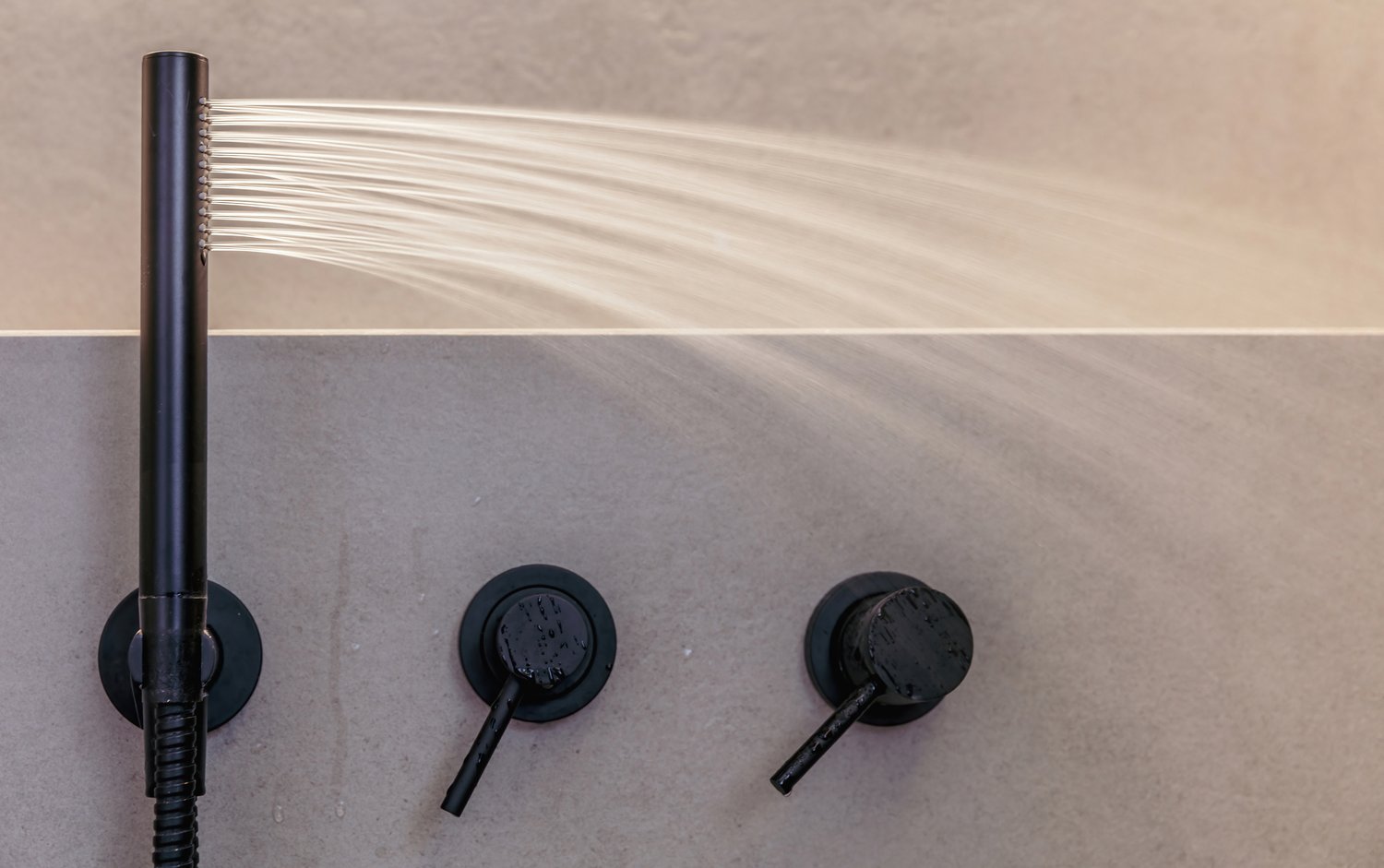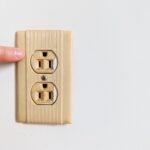Water damage can transform your home from a sanctuary into a costly repair project almost overnight. Understanding how to replace a bathtub overflow gasket—often overlooked—is a critical step in preventing such disasters. Not only does this essential task guard against leaks, but it also helps maintain the value and safety of your home.
- Discover why the bathtub overflow gasket is a crucial component in guarding against expensive water damage.
- Identify the telltale signs of a faulty gasket, like leaks and musty odors, which signal it’s time for a replacement.
- Learn which tools and materials you’ll need to streamline the replacement process for efficiency and ease.
- Follow detailed instructions to complete the gasket replacement successfully and avoid common pitfalls.
By the end of this article, you will have the know-how to protect your home against water damage effectively and extend the life of your plumbing system through regular maintenance. Dive in and ensure your home stays safe and dry.
Understanding Bathtub Overflow Gasket Replacement for Effective Water Damage Prevention
The bathtub overflow gasket plays a crucial role in your plumbing system, serving as a protective barrier that prevents excessive water from escaping into areas where it shouldn’t be. This component is designed to divert overflow water safely into the drain rather than allowing it to spill outside, which can lead to significant water damage.
Over time, wear and tear can compromise the gasket’s integrity, causing it to fail. Replacing a faulty bathtub overflow gasket is essential to maintain the efficient operation of your plumbing system and to safeguard your home from potential water damage.
Replacing the gasket promptly can prevent issues that might otherwise result in costly repairs or restorations. By ensuring that the gasket is in optimal condition, you can effectively manage water flow in your bathroom, enhancing both functionality and longevity of your plumbing fixtures.
Identifying Signs of a Faulty Gasket
Spotting the early signs of a faulty gasket can save you from the expensive repairs associated with water damage. One of the most common indicators is water leaks around your bathtub area.
If you notice unexplained water pooling at the base of your tub or on the bathroom floor, it is often a signal that the gasket is not sealing properly.
Another red flag is the appearance of stains or discoloration around the overflow area. This can suggest that water is seeping through where it shouldn’t, leading to moisture buildup that may cause damage to surrounding materials.
A musty odor emanating from the bathroom can also point to a worn-out gasket. This often indicates mold or mildew growth, which thrives in damp environments created by leaks or seepage.
Regular inspection and attention to these signs ensure that any issues are addressed before they escalate, thus maintaining the efficiency of your bathtub overflow system and preventing water damage.
Tools and Materials Required for Bathtub Overflow Gasket Replacement
Before embarking on the task of replacing a bathtub overflow gasket, it is important to be prepared with the right tools and materials. Having these on hand will ensure a smooth and efficient repair process, minimizing interruptions and potential frustration.
Here’s what you’ll need:
Essential Tools:
- A screwdriver: A flathead or Phillips screwdriver will be necessary to remove the screws securing the overflow cover plate.
- Pliers: Useful for gripping and turning components during disassembly and reassembly.
- Utility knife: Needed for cutting and removing the old gasket safely.
Required Materials:
- Replacement overflow gasket: Ensure you have a gasket that matches the specifications of your bathtub model for a perfect fit.
- Plumber’s putty: Used to create a watertight seal around the overflow opening.
- Cleaning supplies: A sponge or cloth and mild detergent to clean the area before installing the new gasket.
Being well-equipped with these tools and materials will facilitate the efficient replacement of the bathtub overflow gasket, ultimately preventing potential water damage in your home.
Step-by-Step Bathtub Overflow Gasket Replacement to Prevent Water Damage
Replacing a bathtub overflow gasket is a task that can significantly mitigate the risk of water damage in your home. Follow these steps for a safe and effective replacement:
Step 1: Preparation
Begin by cleaning the area around the overflow plate. This helps ensure that no debris interferes with your work. Next, use the screwdriver to remove the screws on the overflow cover plate and set them aside carefully.
Step 2: Remove the Old Gasket
Once the cover plate is removed, access the old gasket. Use the utility knife to carefully cut and remove the gasket without damaging the surrounding area. Clean any residue left behind to prepare for the installation of the new gasket.
Step 3: Install the New Gasket
Take the new overflow gasket and position it correctly over the overflow opening. Ensure the fit is snug and secure, which will help create a watertight seal.
Step 4: Seal and Secure
Apply a small amount of plumber’s putty around the edge of the gasket to enhance the seal. Reattach the overflow cover plate and tighten the screws with the screwdriver, ensuring a firm but not overly tight fit to avoid cracking.
Step 5: Testing
Finally, run a small amount of water into the overflow to ensure there is no leakage. If water is escaping, check the gasket positioning and adjust as necessary.
Following these steps diligently not only replaces the faulty gasket but also provides peace of mind by preventing future water damage. Remember, regular inspections and timely replacements are key to maintaining the integrity of your plumbing system.
Maintaining Your Bathtub Overflow System for Ongoing Water Damage Prevention
Regular maintenance of your bathtub overflow system is essential for preventing water damage and ensuring the longevity of your plumbing components. By implementing simple, yet effective, practices, you can avert costly repairs and enhance the efficiency of your home’s plumbing system.
Check for Leaks Regularly: Periodically inspect the overflow gasket for any signs of leaks. Look for drips or water stains on the adjacent walls and floor. Addressing minor issues swiftly can prevent them from escalating into significant problems.
Clean the Overflow Drain: Keeping the overflow drain clear of debris is crucial for its optimal functioning. Use a mixture of vinegar and baking soda poured down the overflow opening, followed by hot water, to dislodge and rinse away any accumulated residues.
Tighten Loose Connections: Inspect the attachment of the overflow cover plate. Ensure that screws and connections are tight to prevent water from seeping through. Loose fittings can lead to leaks and water damage over time.
Test Water Flow: Regularly run water in your bathtub to observe how efficiently the overflow system handles excess water. Monitor the drainage and ensure there are no blockages or slow-flow issues. Promptly attend to any signs of inefficiency.
Employing these proactive maintenance measures will greatly aid in the prevention of water damage and contribute to a longer lifespan for your bathtub overflow gasket. Keep your plumbing system in optimal condition by being vigilant and addressing issues as soon as they arise.
FAQ: Bathtub Overflow Gasket Replacement
What is the function of a bathtub overflow gasket?
The gasket seals the overflow drain to prevent water from leaking into wall spaces.
How can I tell if my gasket is faulty?
Look for leaks, water stains, or musty odors near your tub overflow.
What tools do I need for this replacement?
You need a screwdriver, utility knife, and a replacement gasket.
How often should I replace the overflow gasket?
Every few years or when you notice signs of leakage.
Can I replace the gasket myself?
Yes, with basic tools and instructions, it’s a feasible DIY task.
What maintenance can prevent future leaks?
Regularly inspect for signs of wear and reseat as necessary.





